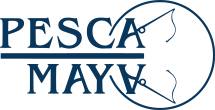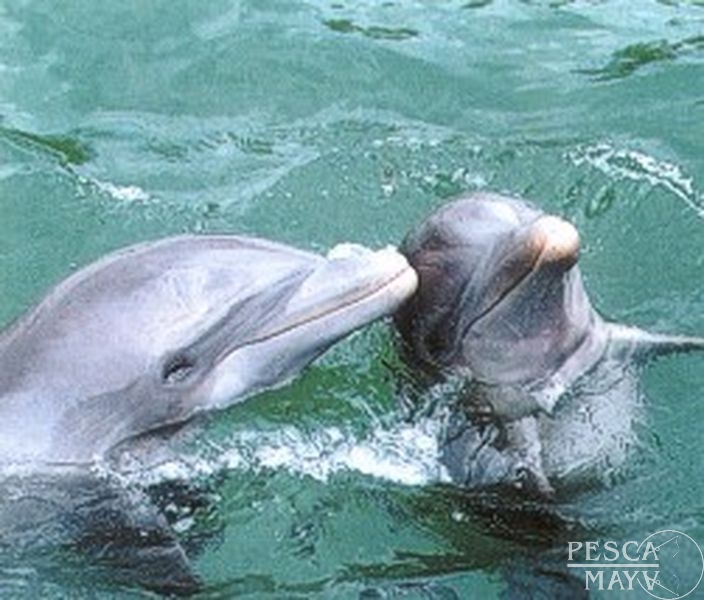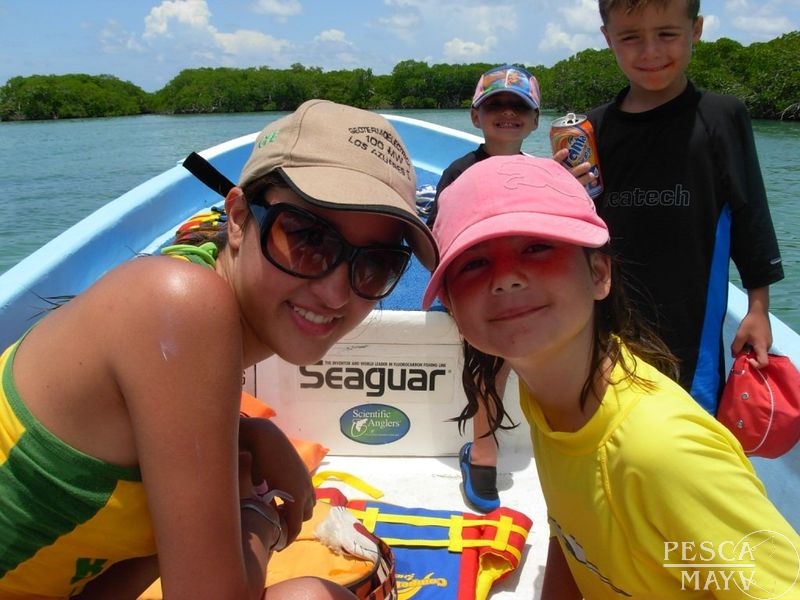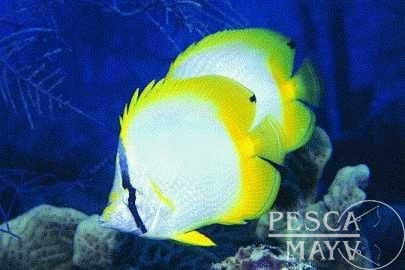Sian Ka’an (Maya for “Where the sky is born”) was established as a biosphere reserve in 1986 and incorporated into UNESCO’s list of natural world heritage sites in 1987. Adjacent to its southern border, the area for protection of flora and Fauna UYAMIL was established in 1994. Covering together over 1.5 million acres along the central coast of the state of Quintana Roo, Mexico, they comprise one of the largest protected areas in Mexico.
The Sian Kaan reserve is composed equally of semi evergreen tropical forest, wetlands and savannas, and marine habitat with coral reefs. Sian Ka’an is home to more than 345 species of birds, including over one million wintering migratory song birds from the U.S. and Canada and the rare Jabiru Stork. All of the endangered cat species of southern Mexico are found in Sian Ka’an, including jaguar, puma, ocelot, margay and the jaguarundi, along with spider and howler monkeys, white-tipped and collared peccary and tapir.The wetlands and marine habitats shelter the endangered Morelet’s and American crocodile as well as manatee and provides habitat for the green, loggerhead, hawksbill and leatherback sea turtles. Small dolphins groups swim, feed and reproduce in Ascension and Espiritu Santo Bay.
Two large Bays, Ascension and Espiritu Santo Bay and a unique fresh water wetland system and 60 miles of pristine coral reef is the enduring landscape used by the ancient Maya civilization over two thousand years ago, as attested to by the remains of approximately 27 Maya sites found within the reserve . Fly fishing and wild life observation tours are today transforming the fishing boats into tourism boats as well as inhabitants tourism income has become the first source for the Villages, displacing commercial lobster fishing. Reserve Managers and Fishing Lodges made an effort to prevent netting, we offered to double the number of jobs and started our two guides per boat program, using head guide and apprentice, increasing the benefit for both anglers and local kids opportunities.
Only a short boat ride from Pesca Maya we can reach the ancient Mayan city of Muyil, a beautiful site with very few visitors. This site goes under two names, Muyil and Chunyaxche. It is not big, but there are a few interesting buildings and the historical significance is apparent. Muyil is a Post classic city, which means it is contemporary or a little earlier than Tulum. Most of the buildings on the site date back to 1100-1200 AD. There is no doubt that this was an important trading post for the for the Post classic Maya, thereby playing a significant roll in the developments during this era. During this time of Mayan history, trading flourished and became more extensive, both in volume and distance. The technique of building large sea-going canoes were refined and international exchange increased. We know Muyil served as a trading post, because of its location. It is constructed very close to a couple of lagoons, Laguna Muyil and Laguna Chunyaxche, which provide a protected port. The lagoons are connected with each other and with Boca Paila on the coast through a 24 km long canal. The canal is built right through the nature reserve Sian Kaan, with wetlands and mangrove. It was constructed by the ancient Maya, and it is maintained by their descendents of today. About halfway down the canal is a small, unrestored Mayan ruin. This was most likely a point of security and/or customs where out-of-town merchants had to state their purpose. Ancient paved roads, called Sacbe, can also be found on this site. Their unrestored appearance shows the force of the jungle beneath. One of them, logically, leads to the lagoon that would have been the entrance for most visitors 800 years ago.







